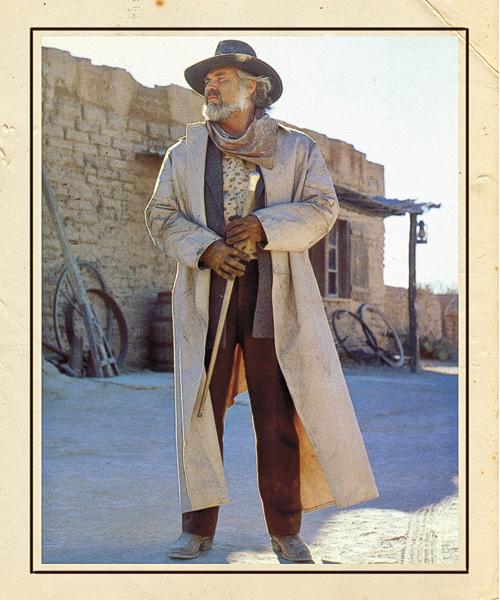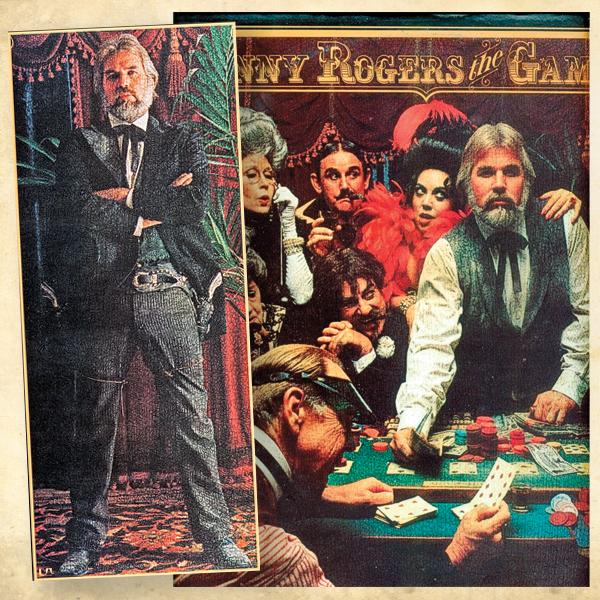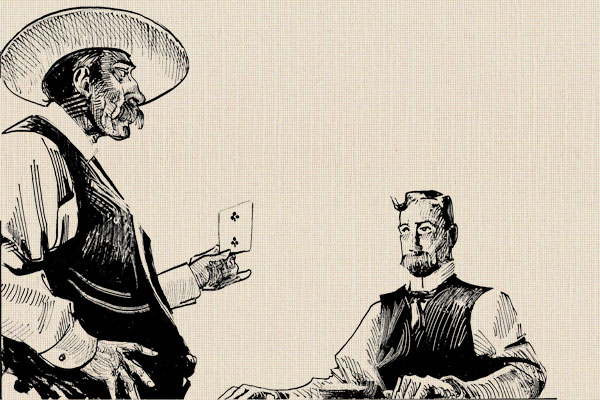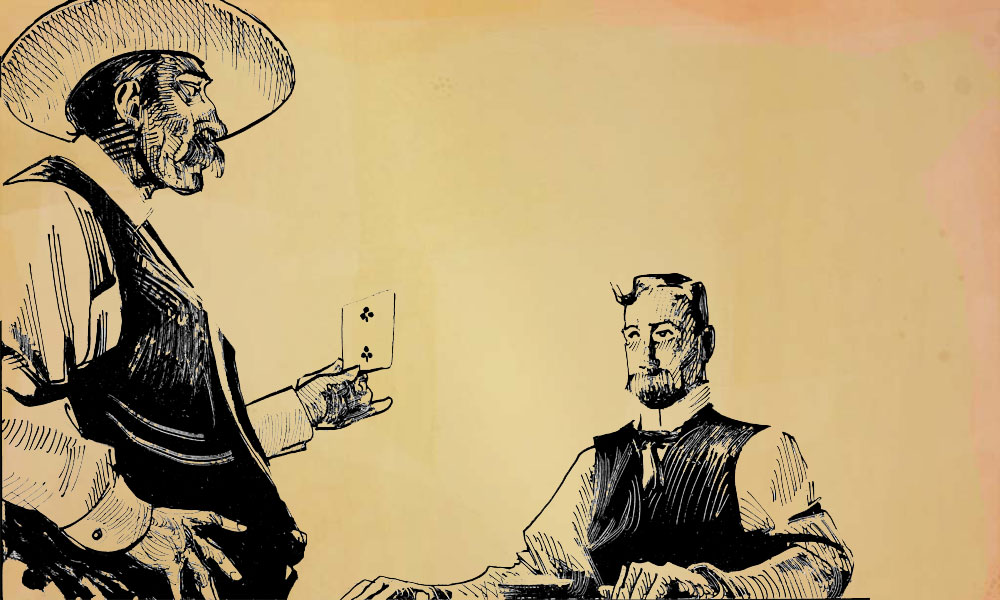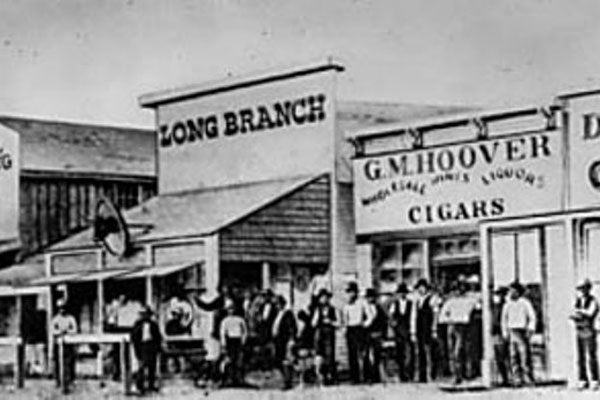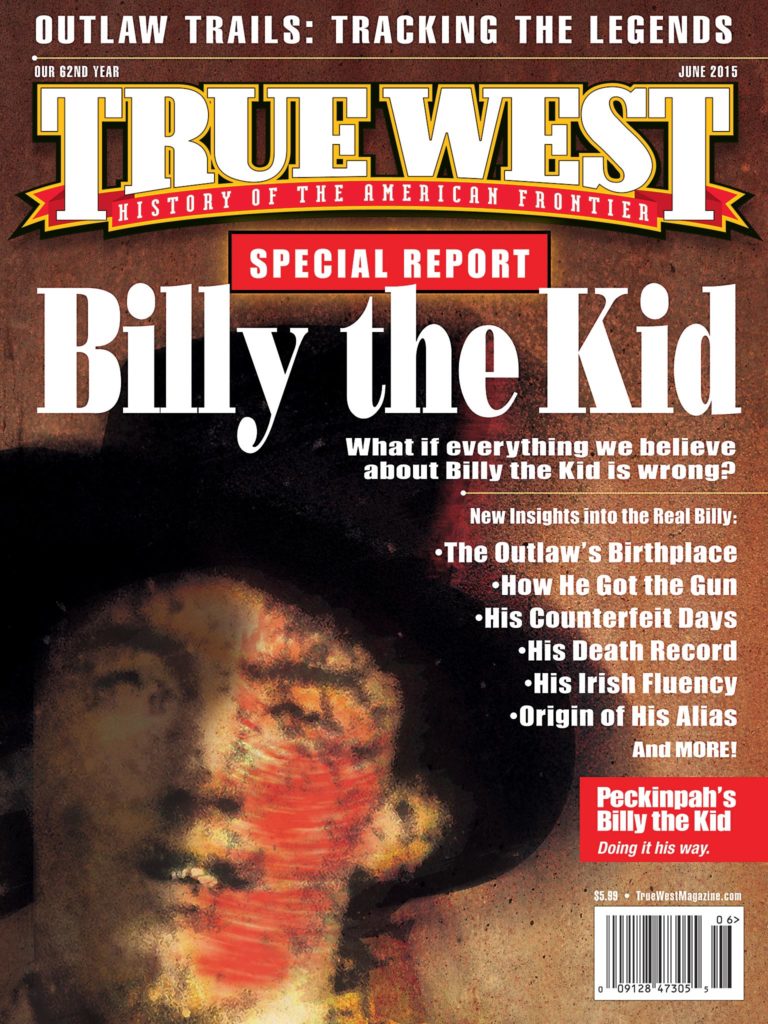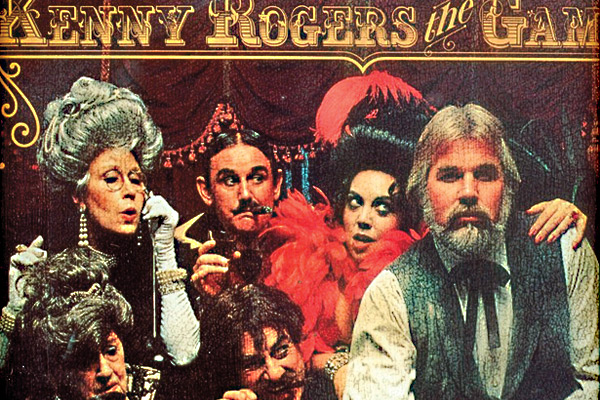 April marked the 35th anniversary of CBS’s airing of Kenny Rogers as The Gambler. The now-classic Western television movie set ratings records, had four sequels, won multiple Emmy Awards and gave Kenny Rogers a trademark identity and a theme that’s one of the biggest hits in Country music history.
April marked the 35th anniversary of CBS’s airing of Kenny Rogers as The Gambler. The now-classic Western television movie set ratings records, had four sequels, won multiple Emmy Awards and gave Kenny Rogers a trademark identity and a theme that’s one of the biggest hits in Country music history.
Rogers is being honored by the Country Music Hall of Fame in Nashville, Tennessee, where he was inducted two years ago, six decades after he began his hit music career. The biographical exhibit at the museum, open through June 14, includes the gun belt and Western outfit worn by Rogers in the five-part Gambler series.
While exploring The Gambler’s history, I learned something remarkable. Dick Lowry, The Gambler’s director and filmic engine for its success, didn’t think he was the right man to guide the adventures of card sharp Brady Hawkes (Rogers) who teams with the grown son he never knew and then takes on a gallery of Western villains, with either a six-shooter or a royal flush.
In 1979, Lowry was a young director on the rise, scoring his first jobs on the hits Barnaby Jones and Buck Rogers in the 25th Century, when he was offered The Gambler. What interested the producers wasn’t his television work, but The Drought, a short he had made at the American Film Institute, starring fellow Oklahoman and Westerns TV icon Clu Gulager.
“I was lucky enough to make a film that got into the finals for short films for the Academy Awards. I didn’t get a nomination, but it was seen by an awful lot of important people in the industry, which was a huge deal at the time,” Lowry says.
“Jim Byrnes had written Gambler (based on the song), and the producers were considering another director who’d made a damn good Western. I knew I couldn’t do better, but they said, ‘We think you’ll make Kenny Rogers comfortable, and your personalities will mesh.’ And I said, ‘Let’s get ’er done,’” Lowry says, with a laugh.
The producers’ instincts were right. Lowry carefully guided the Country superstar through his first leading acting role, supporting him with a fine cast that included Gulager. Lowry chose veteran cameraman and Oscar winner Joseph Biroc (It’s a Wonderful Life) to give The Gambler classic Hollywood gloss.
“Joe was about 76 at the time, and a crotchety son of a gun,” Lowry says, “but that old-style look worked great for a Western.”
The Gambler was a hit beyond expectations, soaring in the ratings, as well as establishing Lowry. “Once I did Gambler, I was really on the radar, and worked pretty steadily from then on,” Lowry says.
Lowry reteamed with Rogers and Byrnes for the dark-toned drama Coward of the County, a stark contrast to The Gambler, written by Gunsmoke veteran Byrnes.
“That’s a favorite, and the role was perfect for Kenny, but (drama) was a whole other ball game than Gambler,” Lowry says. “When we came back to The Gambler, what people seemed to enjoy most was the humor.”
The first Gambler’s success guaranteed a sequel, with the network expanding it into a two-night event. Written by Byrnes, The Gambler: The Adventure Continues was a 195-minute epic, showcasing the easy humor of the first film, and Rogers’ now-confident screen presence.
“Movies of the week were seven acts in 98 minutes. Gambler II had a seven-act situation for both nights, and the end-of-night one has to be the biggest cliffhanger, to pull ’em back for night two.”
Thanks to Lowry, the epic worked. Gambler II was another smash, leading, naturally to Gambler III: The Legend Continues. When not guiding Brady Hawkes, Lowry directed 18 television movies between 1983 and 1991, including Wild Horses with Rogers and the superb miniseries Dream West, before taking on The Gambler Returns: The Luck of the Draw.
Written by Jeb Rosebrook (Junior Bonner) and Joe Byrne, The Luck of the Draw had wilder humor than before and brought a plethora of famous TV cowboy heroes, including Hugh O’Brian (as Wyatt Earp), Gene Barry (as Bat Masterson) and Clint Walker (as Cheyenne Bodie), to ride along with Rogers.
“Jeb was on set every day, rewriting and keeping Kenny’s character within the zone of what he does best. [Kenny] was worried that I was taking it into too humorous a direction. I said, ‘You keep running into these TV cowboys; it can be a little funny,’” Lowry says.
“I loved the scene with Paul Brinegar, talking about all the old Westerns. He did such a great job, playing the old cookie he’d done in Rawhide,” he adds.
The Luck of the Draw was another winning hand, and The Gambler made one last ride, without Lowry, who was busy with more movies, one being the superb adaptation of Elmore Leonard’s Last Stand at Saber River, with Tom Selleck.
The popularity of The Gambler series hasn’t ebbed, with new fans constantly discovering them. This truly pleases the talented director, who originally felt he might not be right for the job: “I had a very blessed career, worked with wonderful people. But every time you finished shooting a picture, you were convinced you’d never work again. That’s the life of the director.”
C. Courtney Joyner is a screenwriter and director with more than 25 produced movies to his credit. He is the author of The Westerners: Interviews with Actors, Directors and Writers.
Photo Gallery
– Courtesy Country Music Hall of Fame and Museum –
– Courtesy CBS –


